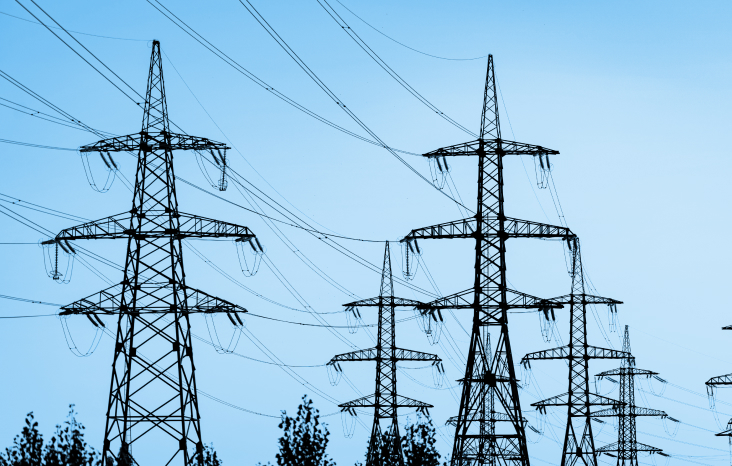Understanding Net Metering
- What is net metering?
- Why is net metering important?
- Who is affected by net metering?
- Where is net metering implemented?
-
Net metering credits and compensates customers for the electricity created through solar, wind, or another form of distributed generation (DG).
These behind the meter (BTM) DG systems provide customers with options for producing their own power and managing their energy bills. When it comes to the interconnection of DG with the electricity grid, the most common type of household DG for much of the world is a rooftop solar photovoltaic (PV) net-metered system, as shown here.
When a customer’s solar PV system produces more electricity than the building is using – for example, when the occupants are away from home, few appliances are turned on, and the sun is shining – the metered excess solar-generated electricity can be fed back into the grid and credited to that customer’s account.
The payment a customer receives for sending excess energy to the grid is closely tied to the retail electricity rate structure. Changes to retail rate design will affect the level of the credits, or compensation, net metering provides to rooftop solar customers, as well as impacts on other customers and the electricity system.
In a typical behind-the-meter rooftop solar system, a solar PV array on the roof produces direct current (DC) power when the sun is shining. The DC power runs through an inverter that converts it to alternating current (AC) electricity. In most systems, the AC power goes straight to the main utility breaker panel, providing power to the home
-
Net metering can help:
- Achieve clean energy resource diversity,
- Provide financial benefits for customers,
- Reach carbon reduction goals, and
- Encourage economic development, increase resilience, and reduce system costs.
Net metering policies have played a key role in the adoption of rooftop solar in early stages when the costs of solar and other distributed systems were high and deployment low.
The past decade has seen rapid advancements in solar and other DG system technologies, associated costs have declined, and financing options for these systems has made it more affordable for many households. At the same time, net metering policies combined with multiple solar support mechanisms and financial incentives in many jurisdictions have further improved the customer economics for solar. As a result, larger numbers of customers have adopted rooftop solar and/or energy storage systems.
-
Historically the electricity system has been centralized with power flowing from large generation hubs out to electricity customers across industry, commercial, and residential. Distributed generation technologies and assets change this flow by enabling energy to be generated locally, which has expanded the number of stakeholders involved to include:
-

Customers
Use solar and other DG systems to help manage their energy use and bills for residential, commercial, and industrial applications.
-

Utilities
Connect the customer to the grid and implement net metering
-

State and Local Government
Implement public policy
-

Regulators
Develop electricity retail rate structures
-

Solar Industry
Advance technology to increase adoption of rooftop solar
-

Residential and Commercial Solar Installers
Install rooftop solar for the customer
-
-
The distribution of rooftop solar varies dramatically across states and regions, reflecting diverse policy conditions, electricity prices, and solar insolation levels. For the residential market, participation levels are highest in Hawaii, where 20 percent of residential electricity customers had installed PV by the end of 2021, followed by California at 10 percent.

Statewide distribution of residential customers with distributed PV systems in 2021. Values are calculated from statewide residential PV system counts (Wood Mackenzie 2022) and from the total number of residential electricity customers in each state (EIA 2022).
Credit rates used for excess generation in November 2022. Note: Illinois is set to transition to compensation at the energy supply rate in 2025. Idaho and Texas do not have statewide rules for DG compensation, but several utilities offer net metering. (NC Clean Energy Technology Center. 50 States of Solar: Q3 2022 Report. October 2022.)





